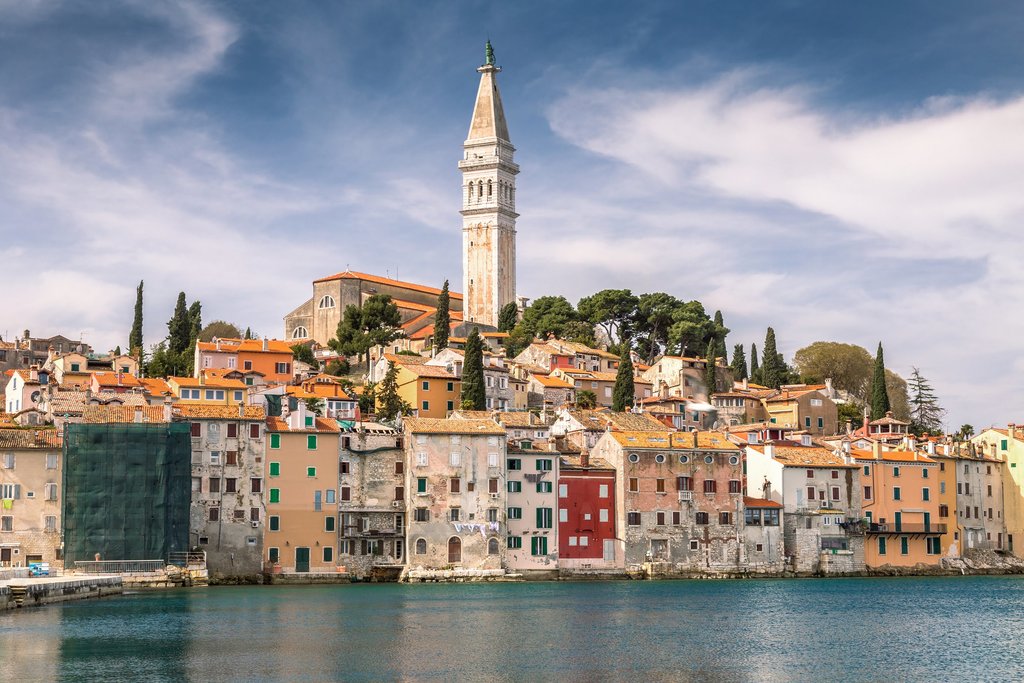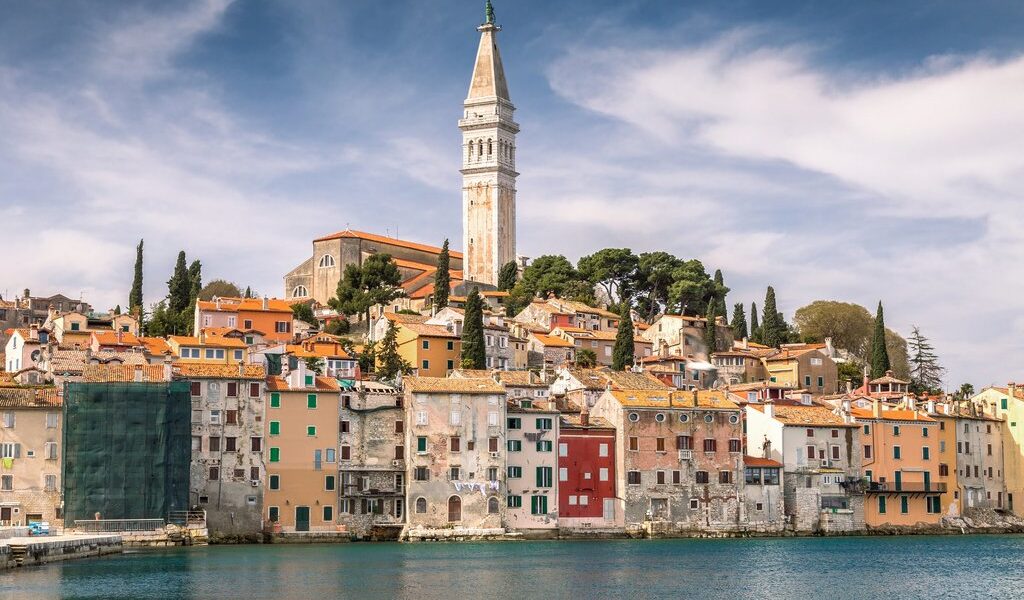
Signs of spring are starting to show as the days lengthen, the weather warms, and the snow begins to melt. Tourist numbers are low, and prices for accommodation and flights remain attractive, making this an ideal time to see uncrowded popular attractions or head outdoors to hike and bike. Read this monthly guide for more.
March in Croatia represents a unique transitional period, a shoulder season delicately poised between the last vestiges of winter and the burgeoning promise of spring. The weather, the crowds, and the overall atmosphere offer a distinct experience compared to the peak summer months. This makes it an ideal time for travelers seeking a more authentic and less frenetic exploration of this beautiful country.
In terms of weather, March sees a gradual warming trend, particularly along the Adriatic coast. In Dubrovnik and other coastal destinations, the average daily temperatures range from 38°F to 54°F (3°C to 12°C). While these temperatures are significantly milder than the depths of winter, it’s important to remember that March is still a transitional month. The Mediterranean climate, while generally pleasant, can also bring periods of rain. Travelers should anticipate up to 11 days of rainfall throughout the month. The Adriatic Sea itself remains quite chilly, typically not yet conducive to swimming or watersports. Therefore, packing layers and waterproof clothing is advisable for a comfortable visit to the coastal regions of Croatia in March.
Venturing inland towards Zagreb, the country’s capital, the weather conditions are slightly different. Average daily temperatures in the Zagreb area hover around 42°F (6°C). This often leads to the melting of accumulated winter snow, resulting in increased water flow in rivers and streams. The melting snow also contributes to the spectacular display of rushing waterfalls, making this a particularly good time to visit some of Croatia’s natural attractions.
The advantage of traveling to Croatia in March lies in the relatively low volume of tourists. The period between winter and spring is considered the offseason, which translates to fewer crowds at popular attractions and a more relaxed pace of travel. While this might mean that some ferry routes operate on a reduced schedule and certain hotels and restaurants remain closed for the season, the benefits of fewer crowds often outweigh these minor inconveniences. Furthermore, travelers can often find significant discounts on airfare and hotel accommodations during this time, making March a budget-friendly option for exploring Croatia. It’s a fantastic opportunity to experience the country’s beauty and culture without the intensity of the summer tourist season.
When deciding where to go in Croatia during March, many visitors choose to focus on the southern region of Dalmatia. Escaping the colder weather further north, they often begin or end their trip in the historic city of Dubrovnik. From Dubrovnik, renting a car and embarking on a road trip along the stunning Dalmatian coast is a popular option. This allows for exploration of other charming towns and islands, such as Korčula Town, located on the island of Korčula, and the vibrant city of Split, known for its impressive Roman palace. Another popular route involves continuing north to Zagreb, where visitors can immerse themselves in the country’s cultural heart. Zagreb boasts a thriving culinary scene, trendy neighborhoods, and a rich offering of concerts, theater performances, dance productions, and opera.
Beyond the cities, March offers excellent opportunities to witness the power of nature. As the winter snows melt, Croatia’s waterfalls come to life. A visit to two of Croatia’s renowned national parks, Plitvice Lakes National Park and Krka National Park, is highly recommended during this time. The increased water levels create truly impressive displays of cascading water and natural beauty.
For those interested in winter sports, the Platak ski resort, situated just 16 miles (26 km) northeast of Rijeka, offers a unique opportunity to combine a coastal visit with skiing. Platak typically retains snow cover on its slopes well into May, providing a late-season skiing option.
While the sea may be too cold for swimming, the increasingly pleasant weather in March makes it an excellent time for outdoor activities such as hiking and cycling. Croatia boasts numerous hiking trails and cycling routes throughout the country, with the Dalmatian coast being a particularly appealing starting point.
For those seeking hiking adventures, the town of Makarska, nestled at the foot of the Biokovo mountains, offers access to challenging and rewarding trails. A popular option is the 5-6 hour trek up Sveti Jure mountain, the highest peak in the Biokovo range. Alternatively, a steeper but shorter climb (3-4 hours) leads to the summit of Vošac, offering breathtaking panoramic views of Makarska and its beautiful beaches.
March is also an ideal time for urban exploration. The historic centers of cities like Dubrovnik, Split, and Zadar are less crowded, allowing visitors to wander through the ancient streets and soak in the atmosphere. When the weather turns inclement, ducking into a cozy café or exploring a museum provides a welcome respite. The arts scene is vibrant during this time, with numerous opportunities to attend concerts, theater performances, dance productions, and opera.
Mardi Gras celebrations are also in full swing across the country in March, marking the transition from winter to spring. Carnivals are held in various towns and cities, featuring parades, street dances, and other festive activities. For a unique and deeply rooted historical experience, consider visiting the remote island of Lastovo, south of Korčula, to witness the Lastovo Poklad ceremony on Shrove Tuesday.
Several notable events take place in Croatia during March, adding to the appeal of visiting during this time. The Rijeka Carnival, held in Rijeka, typically begins in mid-January and culminates on Ash Wednesday (which sometimes falls in early March). The festivities include pageants, street dances, concerts, masked balls, exhibitions, and a grand street parade. The Samobor Carnival, held in Samobor, is one of Croatia’s oldest carnivals, dating back to 1827. It features street entertainers and musical events throughout the week leading up to Shrove Tuesday. In Istria, the Days of Asparagus food festival showcases the region’s wild Istrian asparagus in creative and delicious dishes offered by restaurants across northwestern Istria. Car enthusiasts can attend the Rally Kumrovec in Kumrovec, an international car rally competition held on four circuit stages. Depending on the calendar, visitors may also have the opportunity to participate in Korčula’s Holy Week celebrations, where processions fill the streets of the Old Town leading up to Easter. This event is nationwide.
B-622

